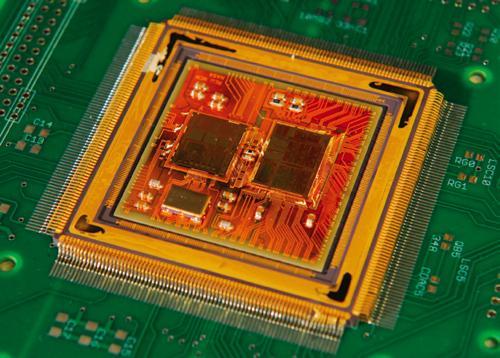
Electrical and Computer Engineering Professor (ECE), John Cressler, has led a team in a 63-month project to develop a novel approach to space electronics that could change how space vehicles and instruments are designed. The new capabilities are based on silicon-germanium (SiGe) technology, which can produce electronics that are highly resistant to both wide temperature variations and space radiation. The project was funded by the National Aeronautics and Space Administration and along with Georgia Tech's College of Engineering, involved academic researchers at five institutions. Also contributing to the project were researchers at BAE Systems, Boeing Co., IBM Corp, Lynguent Inc. and NASA's Jet Propulsion Laboratory.
SiGe alloys combine silicon, the most common microchip material, with germanium at nanoscale dimensions. The result is a robust material that offers important gains in toughness, speed and flexibility.That robustness is crucial to silicon-germanium’s ability to function in space without bulky radiation shields or large, power-hungry temperature control devices. Compared to conventional approaches, SiGe electronics can reduce weight, size, complexity, power and cost, as well as increase reliability and adaptability.
“The team’s overall task was to develop an end-to-end solution for NASA—a tested infrastructure that includes everything needed to design and build extreme-environment electronics for space missions,” said Cressler, a Ken Byers Professor in ECE. Cressler served as principal investigator and overall team leader for the project.
